Bhuna jeera in English is roasted cumin seeds powder. It is usually used to add extra depth of flavor to a dish, as I do in this cucumber raita recipe. Learn how to make this versatile spice powder in less than 15 minutes. It is an easy recipe!
Save This Recipe
Enter your email & I'll send it to your inbox.
By submitting this form, you consent to receive emails from MyGoodFoodWorld
There is hardly an Indian kitchen that does not have cumin! My pantry has it in all its forms - as whole seeds, in the ground form, and bhuna jeera.
Cumin, as you may already know, is an important ingredient in many spice blends that are used in Indian cuisine. In this curry powder substitute, jeera is an essential ingredient. Another one is coriander cumin powder (dhania jeera powder) which is very handy when making curries and dals. Some other spice blends that include cumin are garam masala, curry powder, taco seasoning, and chaat masala, to name a few.
This post contains helpful notes and tips to help you make the perfect dish. However, if you are in a rush, please use the "Jump to Recipe" link above or the "Jump to" links below to get to the section you want.
Jump to:
What is Cumin?
Cumin is the aromatic seed of a plant that belongs to the parsley family called Cuminum Cyminum.
It is a popular spice that is used in many cuisines around the world, especially in Indian, Mediterranean, North African, and Middle Eastern cuisines. It has a distinct aroma that adds a unique flavor to a dish. In India it is known as jeera or zeera.
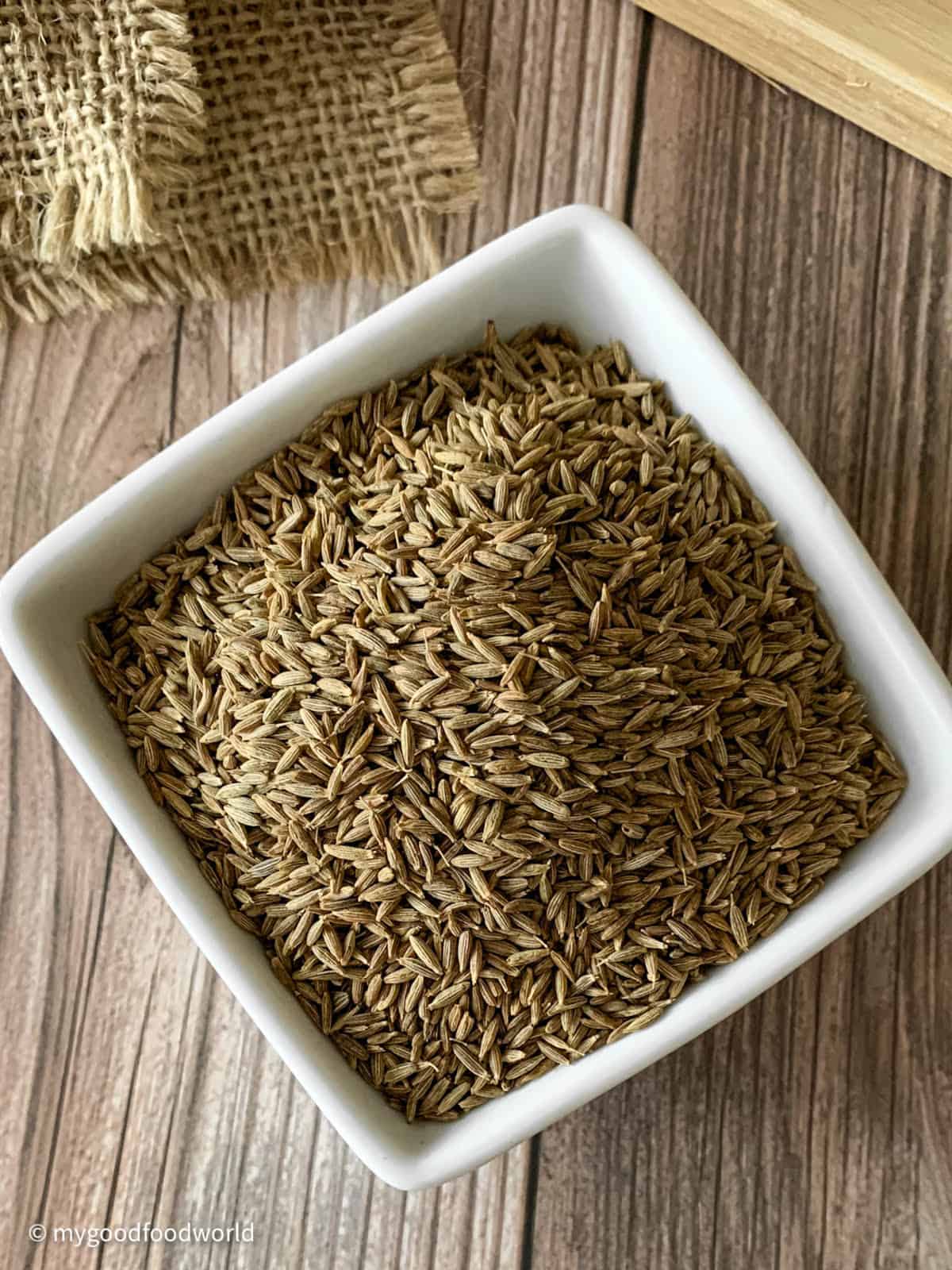
What are the three types of jeera? The first type is brown cumin (brown-yellow, to be more precise). These are the most common variety found in an Indian pantry. The second type is black cumin, known as kala jeera or shahi jeera in Hindi. It has a more pungent aroma than the regular cumin. Some people also call nigella seeds black cumin, but they are not related to cumin. Therefore, there are two types of jeera and not three.
Health benefits of cumin: Of all the spices, this one is my favorite! Known for its distinct, earthy aroma, cumin is a highly revered spice in many parts of the world for its medicinal, especially digestive properties. It is said to improve the sense of taste and digestion. According to Ayurveda, the ancient science of healing, cumin is nature’s best overall tonic. In Sanskrit, cumin is called “jiraka”, which literally means “one that aids digestion”.
Roasted cumin powder vs ground cumin
Ground cumin powder is made from unroasted whole cumin seeds. It has a more intense flavor than whole seeds. Therefore, if a recipe calls for cumin seeds and you are using the powder instead, use half the amount as the seeds. That is what I have done in this jeera rice recipe.
Jeera powder is added to the dish early on in the cooking process, typically, after the wet ingredients such as tomatoes, water, broth, or vegetables, as I do in this spicy couscous salad.
Quick recipe for homemade cumin powder: Place cumin seeds in a spice / coffee grinder and grind until the seeds turn into a fine powder. Cool and store in a clean jar with a tight lid. It will stay fresh for up to a couple of months.
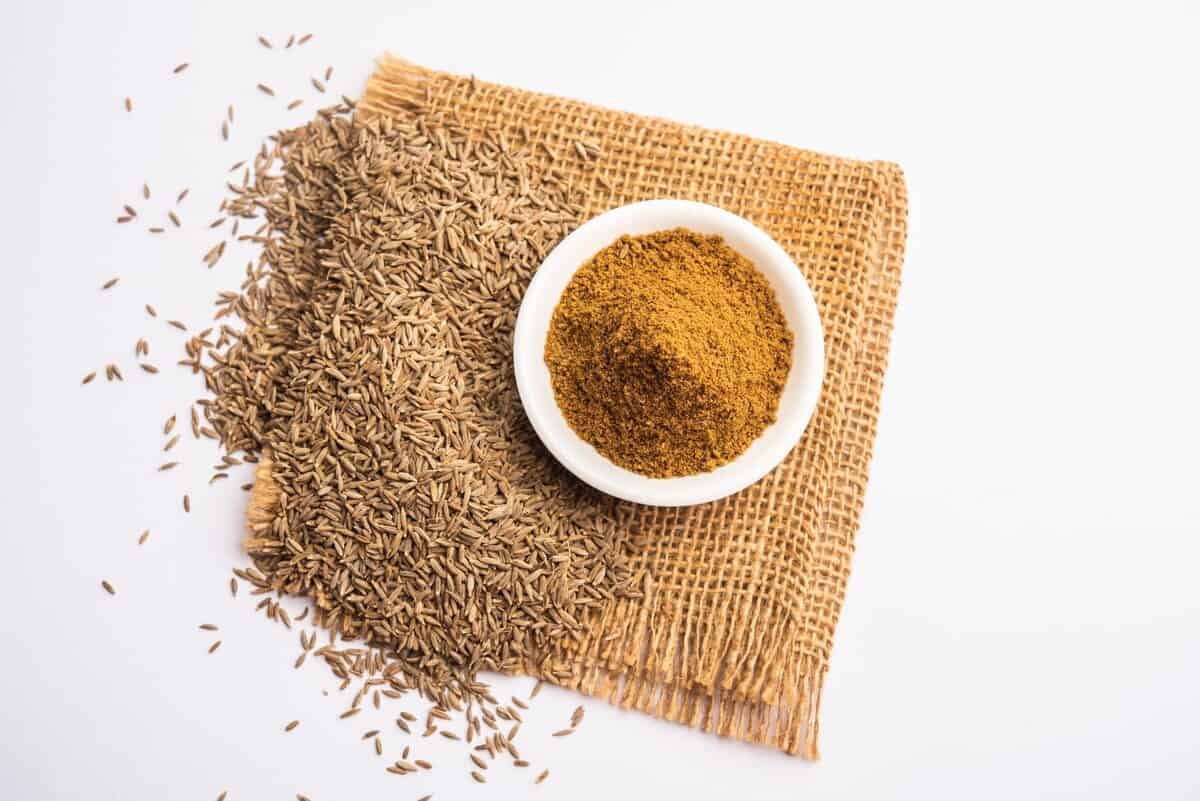
Bhuna jeera, on the other hand, is usually used as a garnish on various Indian dishes such as dal, Indian chaat, dahi vada, chana masala, aam panna (a drink made from green mangoes), and soups. I love adding it to simple stir fries (this spinach stir fry!) as it adds a lovely depth of flavor.
Allergens Free Labels
This recipe is free of all top 14 allergens.
Ingredients
Bhuna jeera recipe requires just one ingredient 😊.
Check the recipe card for quantity.

Cumin: I use the regular brownish-yellow color seeds.
If you have any questions regarding these ingredients, feel free to ask in the comments section below and I will try my best to answer them for you.
Instructions
The process of making bhuna jeera is very simple - just toast cumin seeds, and crush them to a coarse powder, that's it!
Also see the video below.
Step 1: Place ⅓ cup cumin seeds in a heavy-bottomed, hot skillet on medium heat.
Step 2: Stir and dry roast them till they are even dark brown in color.
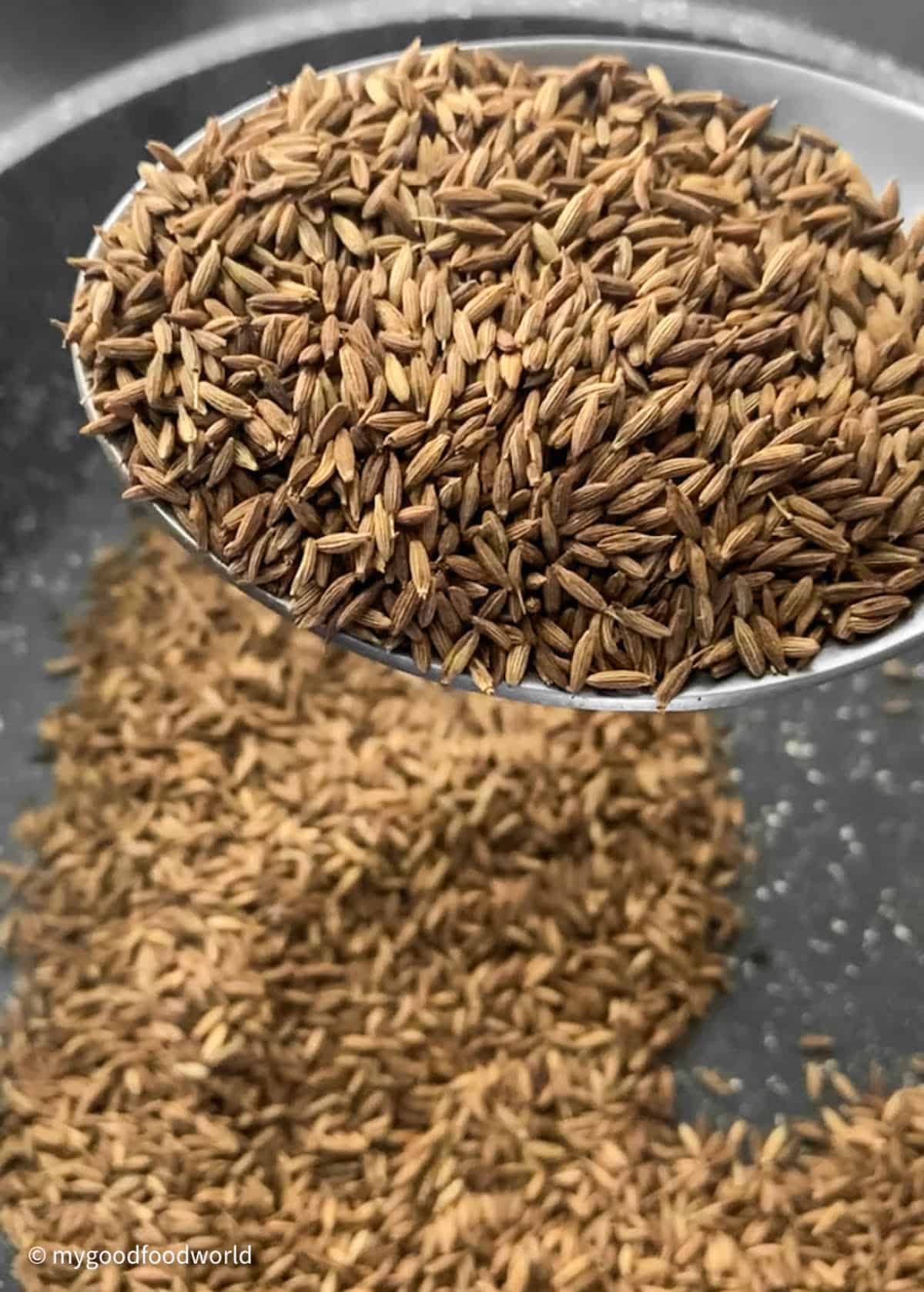
This will take 10-12 minutes. Getting the right color is important so please be patient. Do not be tempted to roast them on high flame because the cumin can go quite quickly from being brown to being burnt!
Step 3: Roast cumin until they are a deep brown color and have a lovely smoky flavour. Take them off the heat and tip them into another plate to cool.
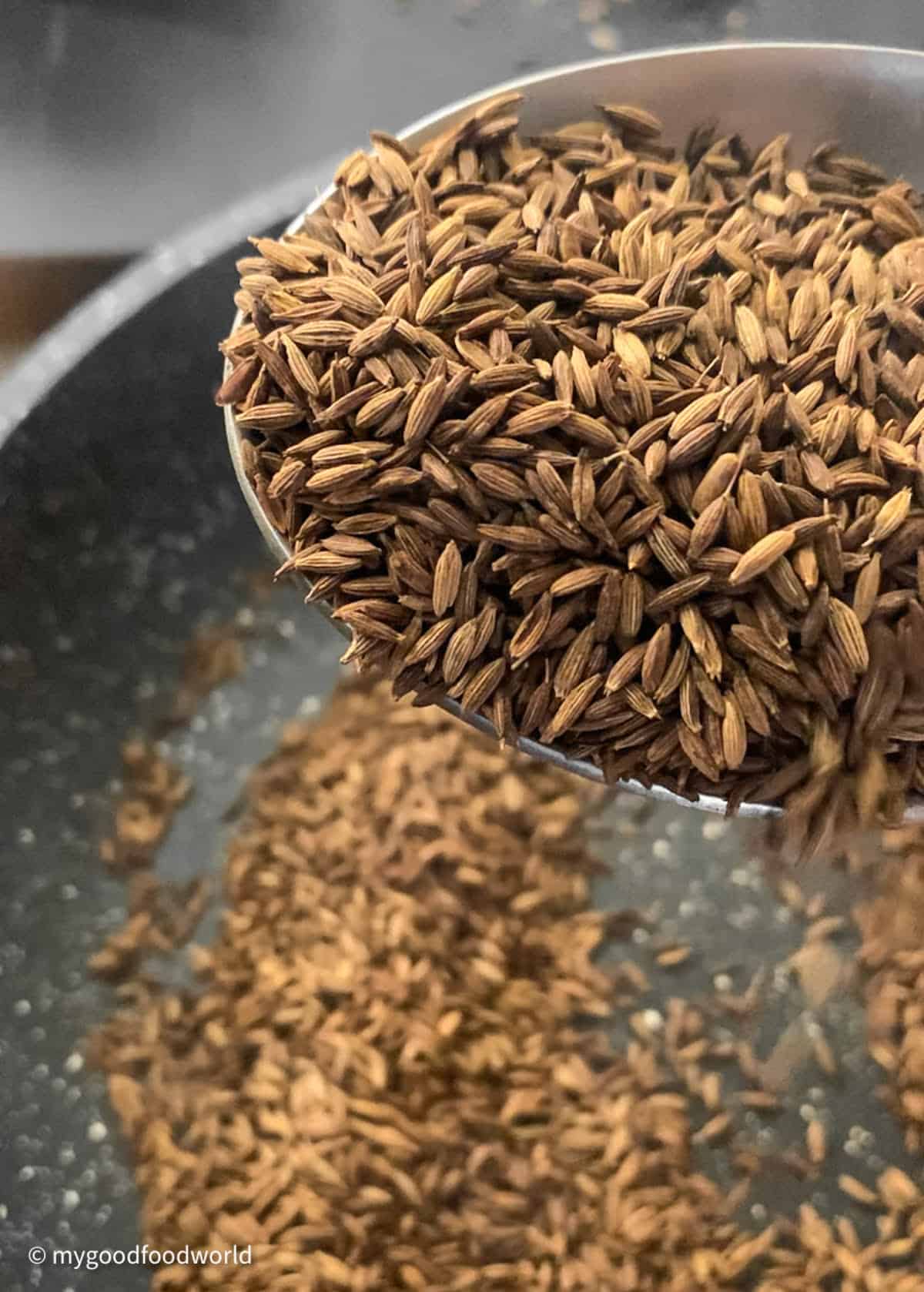
Step 4: While they are still warm, place them on a chopping board or a clean countertop.
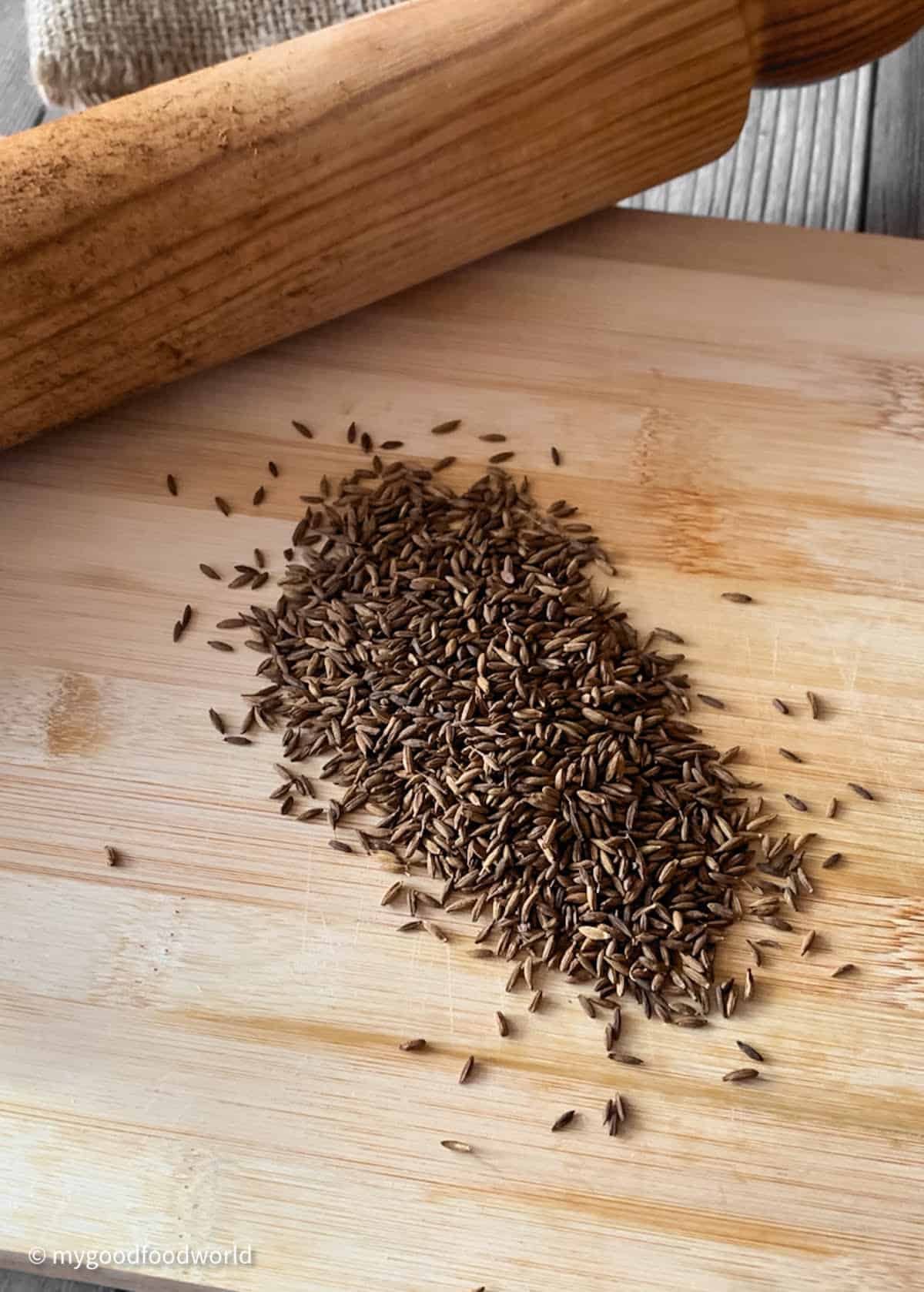
Crush them using a rolling pin to a coarse powder (see video below). You can do this in a pestle and mortar or a coffee/spice blender.
As you crush the seeds, you will be delighted by the nice intense aromatic flavor wafting through the air!
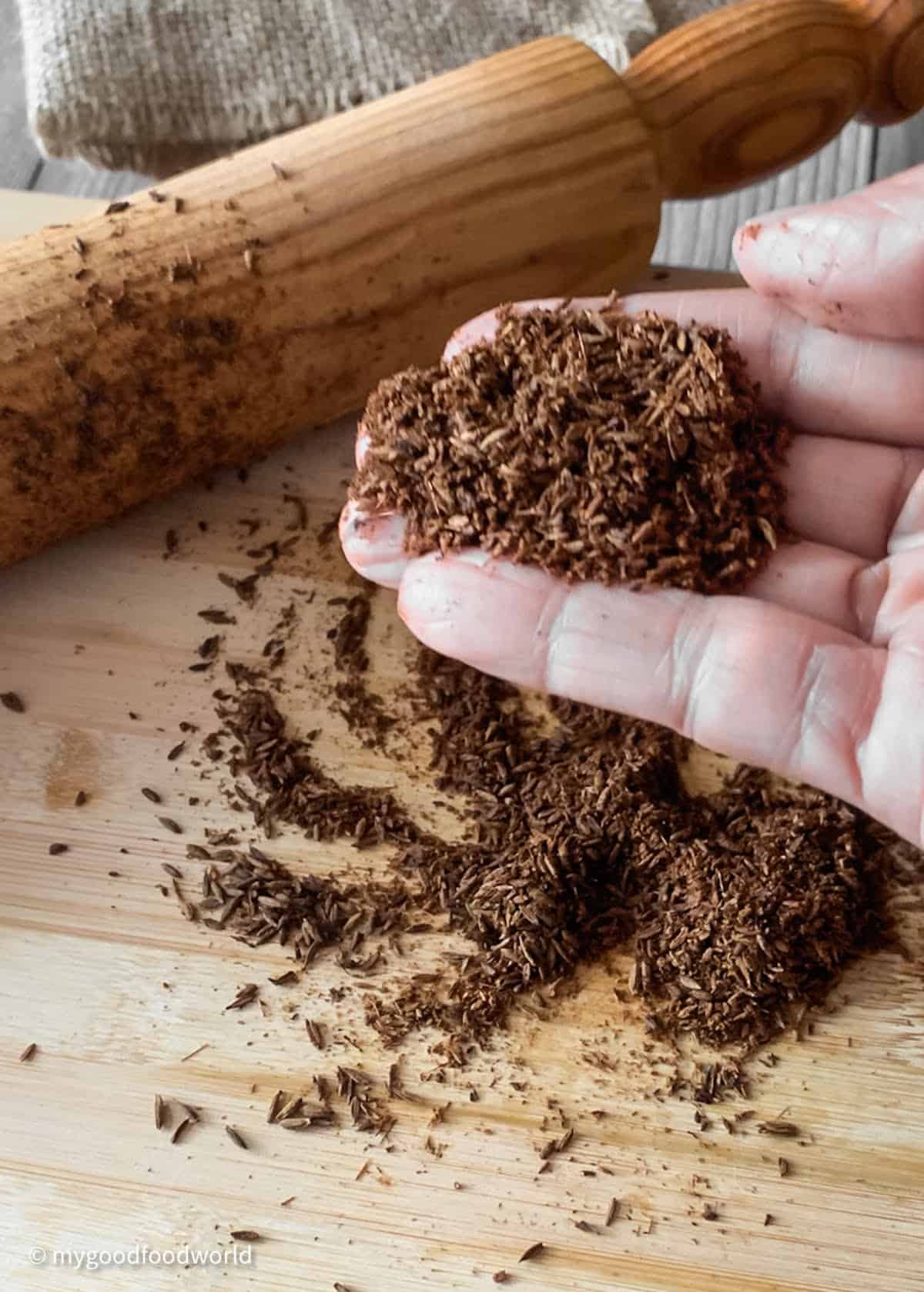
That's it! You have just made yourself a delicious and healthy condiment that will amp up the flavor of your dishes.
See the section below for ideas on how to add this to your food.
Top Tips and Storage
- Dry-roast cumin seeds on medium flame, otherwise, the seeds will burn and make the powder bitter.
- Keep stirring while roasting. This will ensure that the seeds are evenly browned.
- If using an electric grinder, make sure that the cumin seeds are completely cool before you grind them.
- While grinding, ensure that the countertop, rolling pin, or pestle & mortar are not damp.
- Roasted cumin powder will last for a long time, however, it tastes most aromatic and fresh when made in small batches. I usually prepare a small batch and use it up in 2-7 days. You can, if you prefer, make a big batch and store it in the refrigerator.
Storage: Allow the bhuna jeera to come to room temperature and then place it in a clean, airtight container. Store in a cool dry place.
Any doubts or questions? Feel free to ask via the comments below. I will try my best to answer them for you. - Padma
How to use this bhuna jeera powder?
Although normal cumin powder and roasted ground cumin are two versions of the same spice, they taste quite different from each other and have different uses in cooking.
Here are some delicious recipes where roasted jeera powder works beautifully:
Sauteed butternut squash: Enjoy the sweetness of butternut squash and the deep earthy flavor of roasted cumin in this simple dish. It’s delicious! 😋
Sweet potato turmeric soup: This soup is loaded with healing spices and topped with toasted cumin powder, which elevates this soup to a new level. Trust me!
Tomato raitha: Bhuna jeera on a raita? Absolutely! This tangy, creamy yogurt dip just needs a sprinkle of this crunchy garnish to make it taste divine!
Mung bean salad: This sprouted mung beans salad has a burst of flavors with every bite. It’s juicy, crunchy, spicy, and tangy. The toasted cumin adds a lovely aromatic touch to this salad.
Sprinkle it on plain yogurt to make a quick and easy bhuna jeera raita.
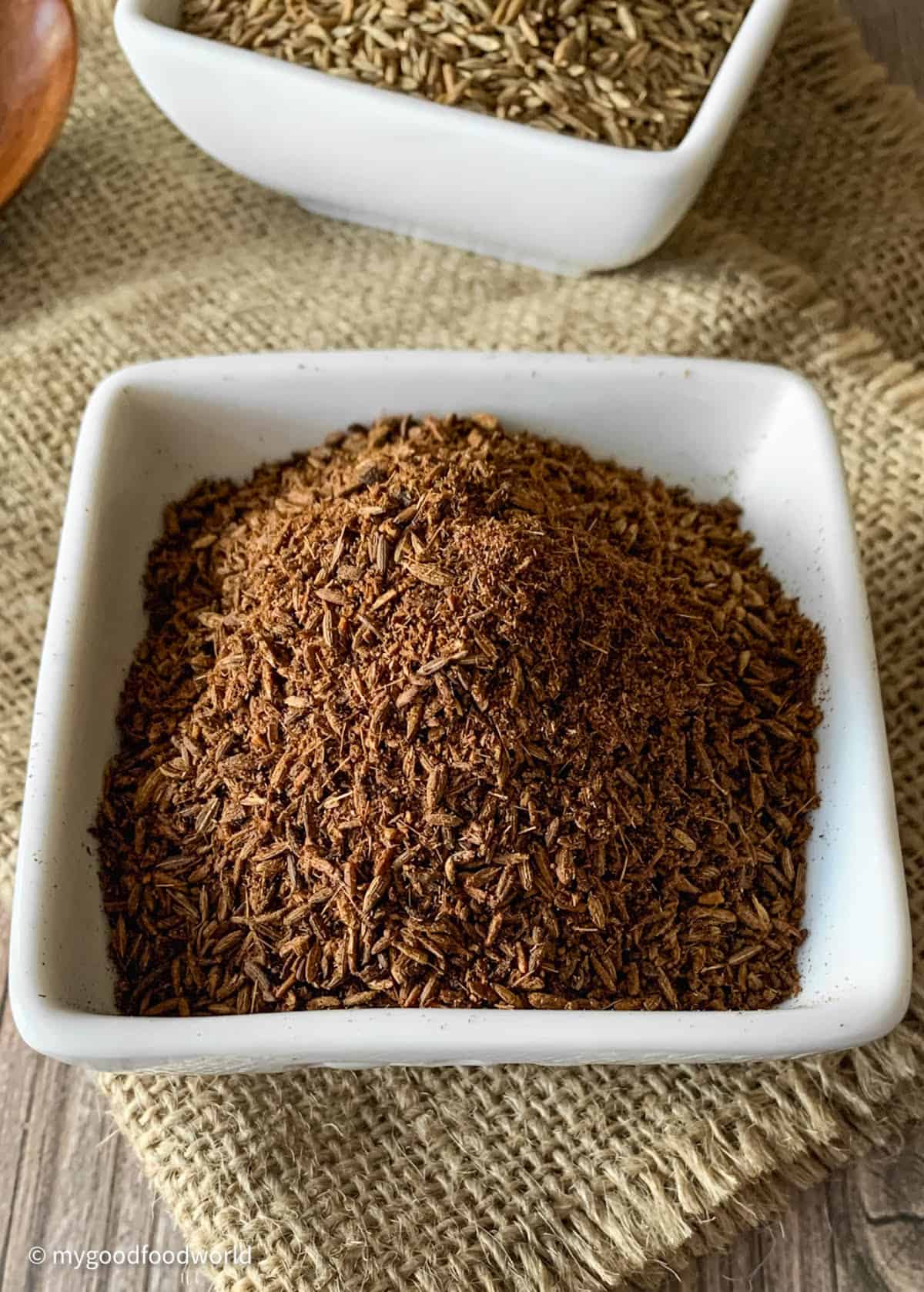
Frequently Asked Questions
Yes, cumin and jeera are the same. Cumin is known as Jeera in the Hindi language.
Bhuna jeera is roasted cumin powder, a spice that is widely used in Indian cuisine. It has a nutty and smoky flavor that enhances the taste of many dishes. Bhuna jeera is usually added as a garnish or a finishing touch to dishes such as dal, raita, chaat, soups, and salads. It also has many health benefits, such as aiding digestion, improving skin and hair, and boosting immunity. Bhuna jeera is easy to make at home with just cumin seeds and a skillet. You can store it in a dry jar and use it within 2-3 weeks for the best aroma and flavor.
Cumin and roasted cumin are two forms of the same spice, but they have different flavors and uses in cooking.
Cumin is the seed of a plant that belongs to the parsley family. It has a warm, earthy, and slightly bitter taste. Roasted cumin, also known as bhuna jeera, is cumin that has been dry-roasted in a skillet until it turns dark brown and releases a smoky aroma. Roasting cumin enhances its flavor and makes it more nutty and fragrant.
Cumin powder should not be roasted as it will burn. You can instead dry roast cumin seeds and crush them to a powder.
Roasted cumin powder, also known as bhuna jeera, is a spice that adds a nutty and smoky flavor to many dishes. It is easy to make at home with just cumin seeds and a skillet.
Here is how to make roasted cumin powder:
Heat a heavy-bottomed skillet over medium heat until it is evenly hot.
Add cumin seeds and spread them in a single layer.
Stir and toss the seeds in the pan, keeping the heat on medium.
Roast the seeds until they turn a deep brown color and have a smoky aroma.
Remove the seeds from the heat and transfer them to another plate. Cool for a few minutes and while they are still warm, crush the seeds to a coarse powder with a rolling pin, pestle and mortar or an electric grinder.
Store the roasted cumin powder in a clear, dry jar with a tight lid.
If you have made this bhuna jeera, please take a moment to leave a comment and a rating below. This will make me super happy and motivate me to create more good content for you! You can also engage with me on Twitter, Facebook, and Instagram xx Padma
📖 Recipe

How to Make Bhuna Jeera (Roasted Powdered Cumin)
Save This Recipe
Enter your email & I'll send it to your inbox.
By submitting this form, you consent to receive emails from MyGoodFoodWorld
Ingredients
Equipment
Instructions
- Heat a heavy-bottomed skillet (I prefer my cast iron skillet) over medium heat until it is evenly hot. Add the cumin seeds and spread them in a single layer. Stir and toss the seeds in the pan, keeping the heat on medium. You will smell the distinct aroma of the cumin seeds in about 30 seconds.⅓ cup (~40g) cumin seeds
- After 6-7 minutes, the cumin seeds will have an intense aroma and you will see smoke rising from them. This is normal. Don’t worry. Keep roasting and stirring for another 3-4 minutes. Watch the cumin seeds closely as they can quickly go from brown to burnt at this stage of roasting.
- You can tell that the cumin seeds have roasted by two signs: A) they will turn a deep, coffee-like brown color and B) they will pop in the pan. This will take 10 -12 minutes, depending on the thickness of the pan.
- Quickly take them off the heat at this stage and tip them into another plate. Spread them thinly. Let them cool for a couple of minutes.
- Remove them from the heat quickly at this stage and transfer them to another plate. Spread them in a thin layer. Let them cool for a few minutes. While they are still warm, crush them on a wooden board, a clean countertop with a rolling pin to a coarse powder. It is perfectly fine to have some whole cumin seeds still present in your bhuna jeera – they will add a lovely texture to your dish!
- Store in a clean glass jar with a tight lid at room temperature.
- Sprinkle it on your favorite soup, salad, or Indian yogurt sauce.
Nutrition
The nutritional information is calculated using an online calculator and is based on available ingredients and preparation. It should not be considered a substitute for a professional nutritionists' advice. Changing the quantities and cooking technique will alter the nutritional calculations.
Video

Notes
- Make sure that the countertop, rolling pin, or pestle & mortar are completely dry and clean.
- If making it in an electric grinder, make sure to grind in short bursts to get a coarse powder. Bhuna jeera tastes best with some texture and crunchy bits.
Alternative quantities provided in the recipe card are for 1x only.
Our content aims to be informative and educational, but it should not replace professional medical advice. Since manufacturing processes can vary and cross-contamination is possible, it's essential to verify product labels and allergen information. Make sure all ingredients align with your specific allergies. As readers, you bear the responsibility for ensuring allergen safety when buying or consuming foods.



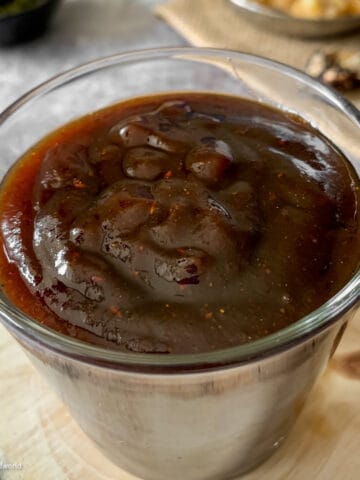
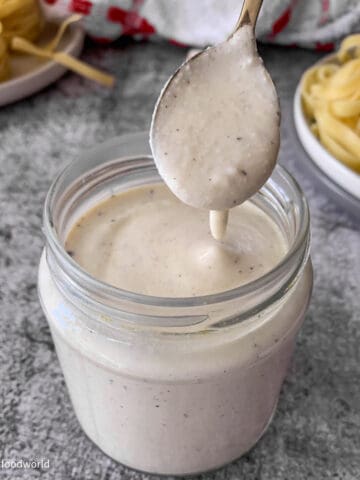
Leslie says
Love this homemade recipe!
Padma Kumar says
Thank you. Homemade is the best 🙂
Krystle says
I used this on your butternut squash and it was divine. Roasting makes a huge difference!
Padma Kumar says
Ah, now you have given me a great idea - thank you!
Jacqueline Debono says
It's so true that this roasted cumin powder tastes very different to ready cumin powder. I definitely prefer the flavour and aroma of this and it is so easy to make!
Padma Kumar says
Me too, Jacqueline 🙂
Juyali says
I was gifted some seeds and was glad to find this recipe with the tips to process them. We use a lot of cumin in latin American cuisine, so I was glad that I got to use the seeds. Thanks for the recipe.
Padma Kumar says
Lovely to know that you are familiar with cumin seeds. Hope you can try this version too, soon.
Kaylen says
So flavorful and easy to make!
Padma Kumar says
Thank you for your feedback Kaylen.
Katie says
This cumin turned out fantastic. It has a delicious flavor that works well in many recipes.
Karlie says
I love sprinkling this on roasted veggies.
Padma Kumar says
What a perfect way to use this spice!
Choclette says
Wonderful! Cumin is one of my top spices and I use a lot of it. So I'm very excited to now know how to make my own roasted cumin powder. Thanks for the recipe.